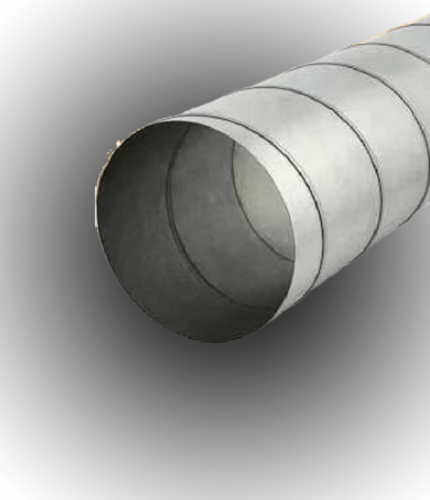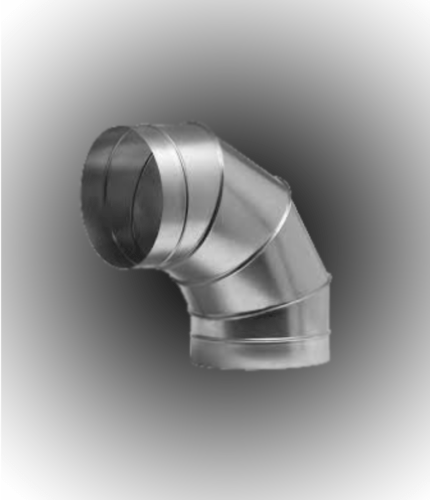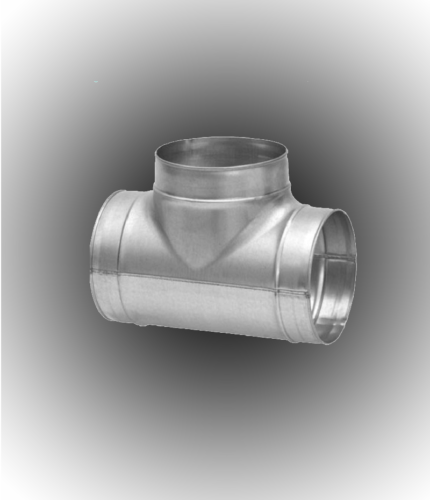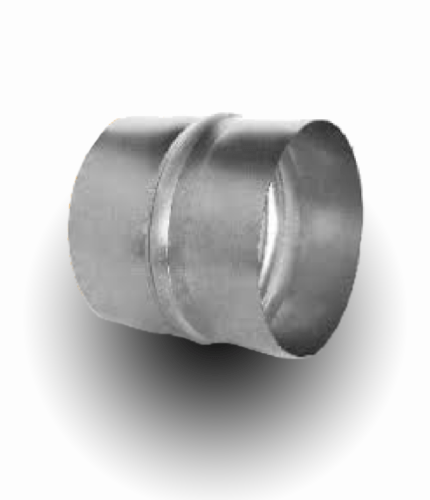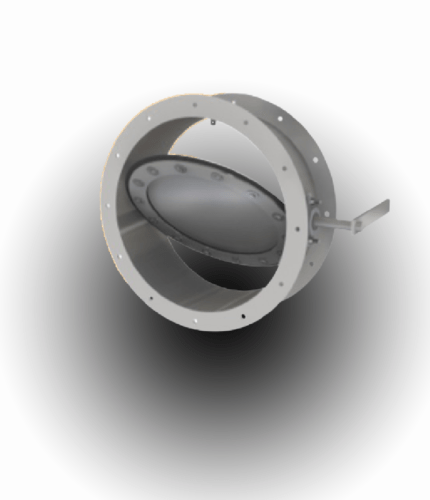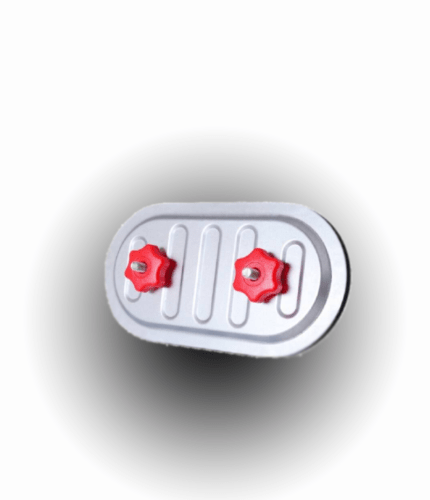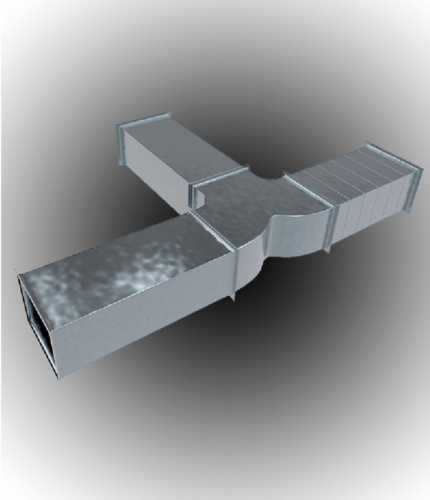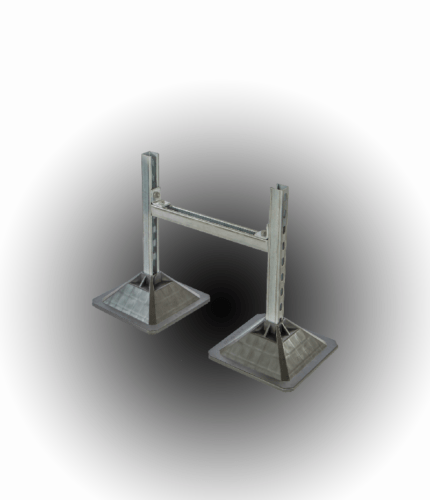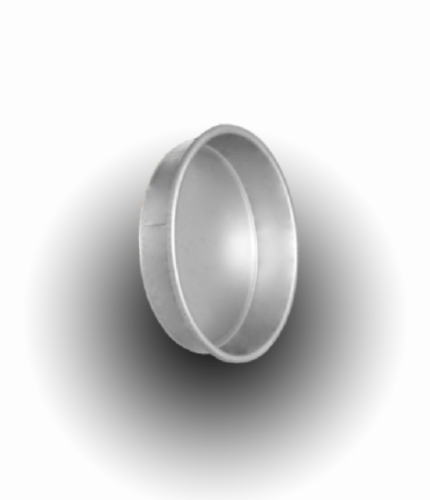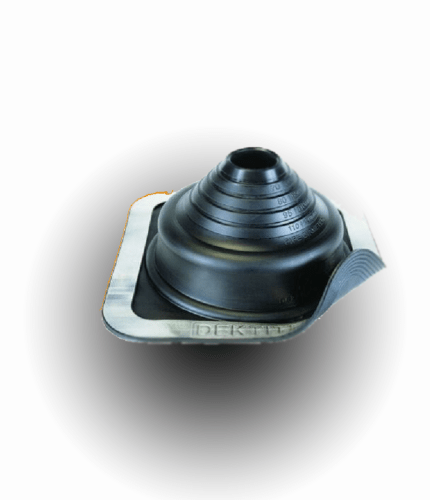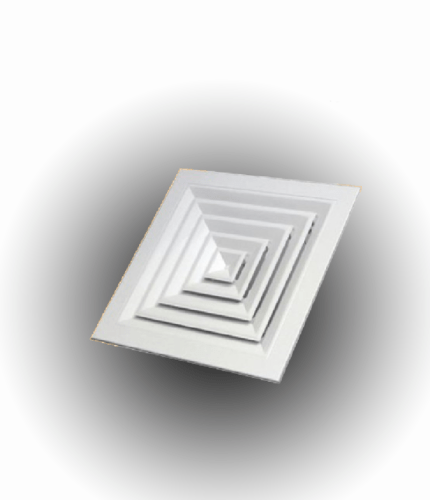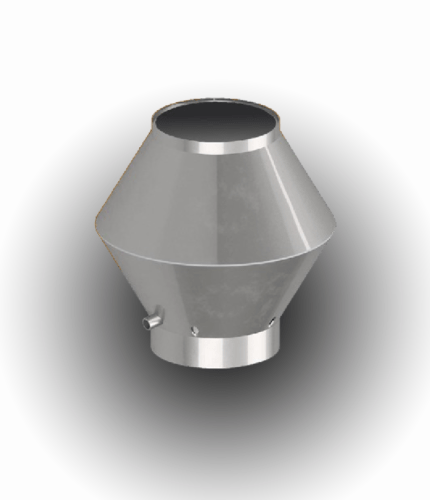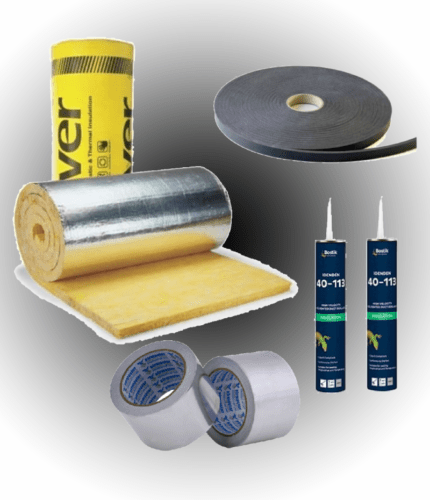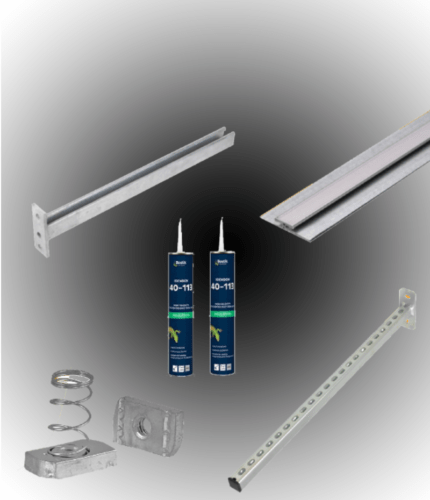 Canopy
Canopy Fitting service
Fitting service Fans
Fans Stainless Steel Sheets
Stainless Steel Sheets Stainless Steel Tables
Stainless Steel Tables Stainless Steel Shelves
Stainless Steel Shelves Speed Controller
Speed Controller Ducting accessories
Ducting accessories
 Weather Cowl
Weather Cowl Circular Duct |Spiral
Circular Duct |Spiral Silencer
Silencer Bend
Bend Carbon Box
Carbon Box Channel Slide Nuts
Channel Slide Nuts H-frame Foot Strut
H-frame Foot Strut Shoe Bend
Shoe Bend Tbend
Tbend Twin Bend
Twin Bend Jet Cawl
Jet Cawl Flexible Ducting
Flexible Ducting Pressed Saddle
Pressed Saddle Flanged Spigot
Flanged Spigot Spiral Duct Connecter
Spiral Duct Connecter Cap End
Cap End Access Doors
Access Doors Dampers
Dampers Flanging System
Flanging System Flashings
Flashings Grilles & Diffusers
Grilles & Diffusers Louves & Plenum Boxes
Louves & Plenum Boxes Rectangular Ductwork
Rectangular Ductwork
 Ducting Fittings
Ducting Fittings Sealants, Gaskets, Tapes & Insulation
Sealants, Gaskets, Tapes & Insulation
### Ducting & Fittings: What Are They and Why Are They Needed?
When constructing a ducting system, it is impossible to have only straight lines. Corners and connection points between ducts are inevitable, and these are achieved using ducting fittings. Depending on the type of ducting, corresponding fittings must be used.
#### Materials for Ducting Fittings:
- **Galvanized Steel**
- **Aluminium**
- **PVC/CPVC**
#### Sizes for Ducting Fittings:
Standard sizes include:
- 355mm
- 400mm
- 450mm
- 500mm
- 560mm
- 630mm
However, ducts are available from 63mm to 1250mm in diameter.
#### Types of Ducting:
- **Round**
- **Square**
- **Flat**
The exception to extensive use of fittings is **flex ducting**, which can bend around corners but still requires some connection points like grills or louvres.
#### Importance of Ducting Fittings:
Ducting fittings enable the connection of different sizes of ducts. For instance, you can connect a 150mm duct to a 120mm duct with a fitting designed for this purpose, which is crucial in system design. If you have a 120mm duct in the wall and need to connect it to a 100mm vent, a concentric reducer can facilitate this.
**Reducers** are particularly important when managing air volume. If a duct splits into two outlets, the remaining volume of air requires a smaller duct to maintain speed (measured in feet per minute, FPM). Using a reducer allows for continued airflow without losing efficiency.
#### Different Kinds of Duct Fittings and Their Applications:
**Bends:**
- Available in 30°, 45°, 60°, 90° angles.
- Used to change the direction of the ductwork.
**T-Pieces:**
- Available in 90° and 45° angles.
- Used to split a single duct from the main one, with various sizes available.
**Y-Pieces:**
- Used to split a single duct into two at a 45° angle.
- Sizes range from 80mm to 710mm wide.
**Connectors:**
- Used to connect ducts, available in male or female versions, depending on whether they go inside or around the duct.
**Caps:**
- Used to seal the end of a duct.
**Bird Beaks:**
- Installed when ducts point outside a wall, featuring a metal mesh to prevent birds from nesting.
**Weather Cowls:**
- Used for ducts pointing out from a ceiling to prevent water and snow ingress.
**Dektites:**
- Provide a watertight and weatherproof seal around the pipe.
**Grilles and Louvres:**
- Serve as visible end-points from inside the facility.
**Additional Fittings:**
- **Collars, Flat Shoes, Curved Boots, Flanges, Clips, Access Doors**
- **Inline Heaters and Filters:** Provide heating or air filtration.
- **Dampers:** Control airflow to prevent excessive force from blowing out the vents.
These fittings are integral to any duct system to meet regulations regarding flow speed and air volume. Even without regulatory obligations, optimal HVAC performance depends on appropriate fittings.
At [CanopyMan.uk](https://canopyman.uk), we specialise in the production and installation of industrial hoods and ducting systems for commercial kitchens. Our expertise ensures that your HVAC systems function efficiently and comply with all relevant standards.

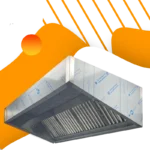 Canopy
Canopy Fitting service
Fitting service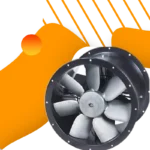 Fans
Fans Stainless Steel Sheets
Stainless Steel Sheets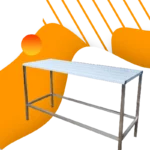 Stainless Steel Tables
Stainless Steel Tables Stainless Steel Shelves
Stainless Steel Shelves Speed Controller
Speed Controller Ducting accessories
Ducting accessories Weather Cowl
Weather Cowl Circular Duct |Spiral
Circular Duct |Spiral Silencer
Silencer Bend
Bend Carbon Box
Carbon Box Channel Slide Nuts
Channel Slide Nuts H-frame Foot Strut
H-frame Foot Strut Shoe Bend
Shoe Bend Tbend
Tbend Twin Bend
Twin Bend Jet Cawl
Jet Cawl Flexible Ducting
Flexible Ducting Pressed Saddle
Pressed Saddle Flanged Spigot
Flanged Spigot Spiral Duct Connecter
Spiral Duct Connecter Cap End
Cap End Access Doors
Access Doors Dampers
Dampers Flanging System
Flanging System Flashings
Flashings Grilles & Diffusers
Grilles & Diffusers Louves & Plenum Boxes
Louves & Plenum Boxes Rectangular Ductwork
Rectangular Ductwork Ducting Fittings
Ducting Fittings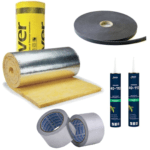 Sealants, Gaskets, Tapes & Insulation
Sealants, Gaskets, Tapes & Insulation

